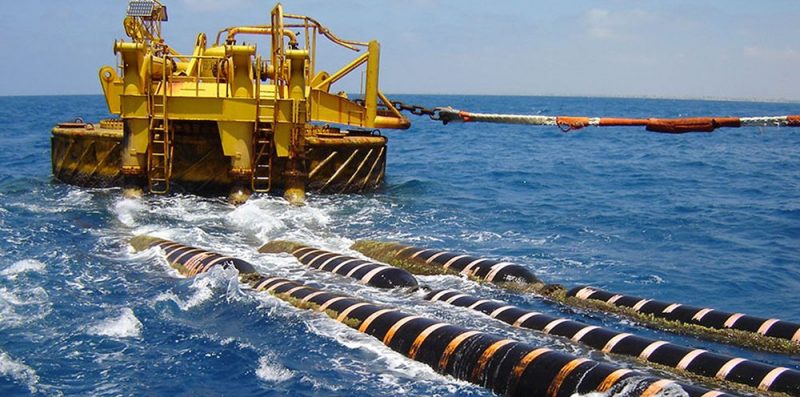These rubber marine parts may deal with flotation hoses that have been bumped and broken, as well as other rubber marine parts. Even though they are built to withstand considerable impact and wear over the course of their lives, repeated rips and tears may lead to severe destruction.
Fishing boats and other vessels hitting the hoses on a regular basis or nearby ship propellers tearing pieces off and creating serious wounds while transporting and emptying fuel are just a few examples of what might be causing this. The buoyancy element of the afflicted hoses may be damaged, thus they may be submerged, which may be dangerous depending on the extent of the damage.
An affordable alternative for repairs is one that does not need as much time or money to install as a replacement. This is why you should always do floating hose inspection in Malaysia.
Traditional Repair Methods
Among rubber repair techniques, vulcanization is the most often used by far. Rubber components are heated and pressured to form a chemical connection using this technique. Because of its reliance on a small number of extremely specific environmental conditions and equipment, this method provides long-term healing but is ineffective. As a consequence of the lengthy time it takes to send specialized people and equipment to the location, vulcanization shutdowns are common.
Altus Malaysia for Floating Hoses
These cold-curing elastomers beat out the old-school fix in this case. Instead of using hot repair procedures, they may be utilised in situ without the need for specialised equipment. In this way, you can go back to work quickly, while still getting a fix that’s durable and adaptable.
Depending on the kind and extent of damage, available time for work, system pressure and operating temperature, the technique and Altus product selection should be made.






